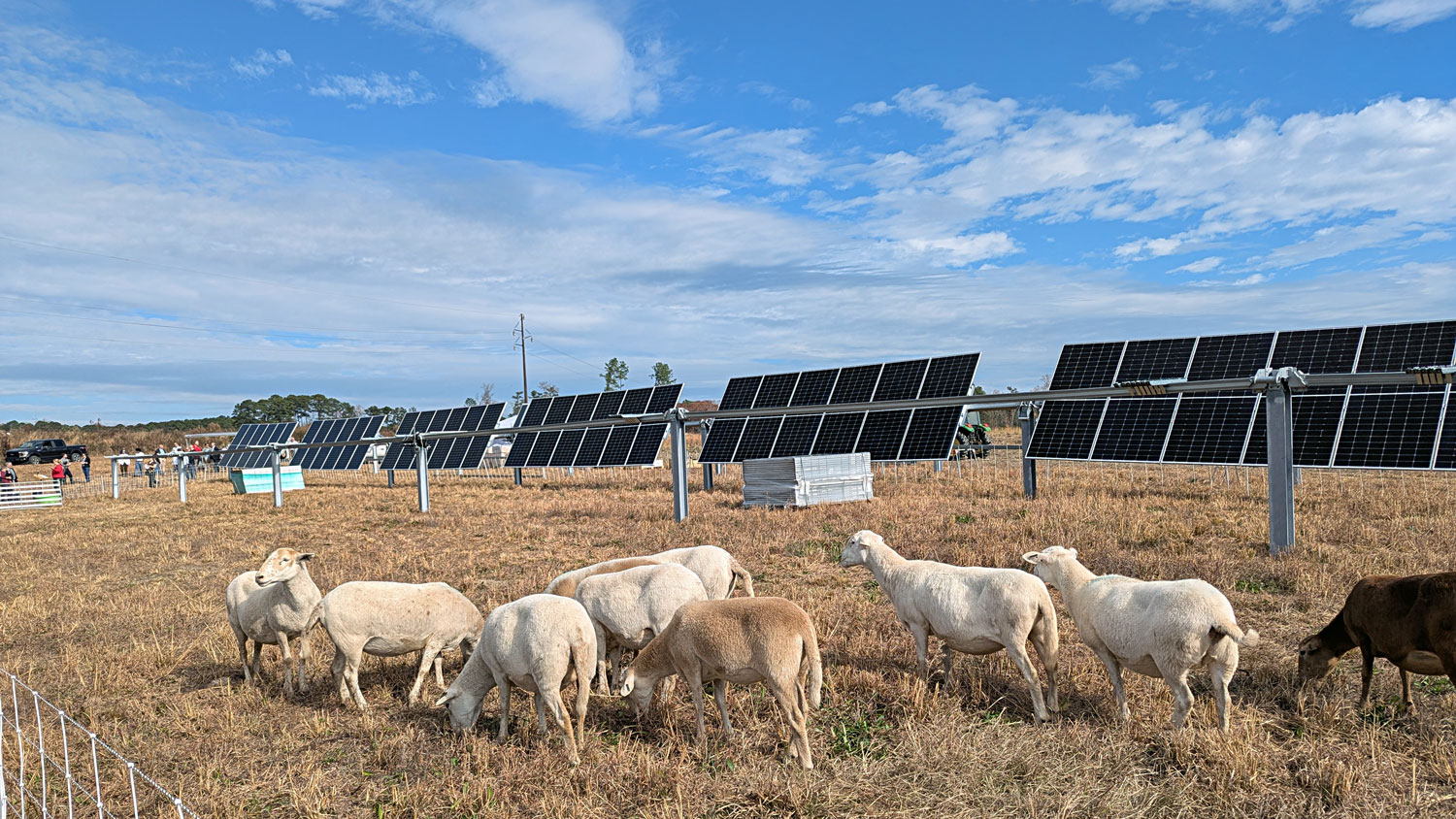Impact of Minimum Wages on the U.S. Agricultural Sector

By Amy M. G. Kandilov, Senior Research Economist, RTI International, and Adjunct Assistant Professor Ivan T. Kandilov
Increasing minimum wages in recent years have many agribusiness owners and farm operators worried. What is the impact of state and federal minimum wage laws on farm profits, products and profitability?

When President Franklin Roosevelt introduced federal minimum wage legislation in the United States in 1938 as part of the Fair Labor Standards Act (FLSA), agricultural workers were largely excluded. That changed with the 1966 FLSA Amendment, which extended minimum wage coverage to agricultural workers. In 2009, the current federal minimum wage for covered non-exempt employees was set at $7.25.
Today, many states, counties and individual cities have their own minimum wage laws. These remain an important factor affecting wages in the agricultural sector. According to the National Agricultural Workers Survey (NAWS), nearly 40 percent of agricultural workers earn an hourly wage within 10 percent of the prevailing state-level minimum wage. But in some states, that is much higher than the federal minimum wage.
Increased minimum wages over the last few years have many agribusiness owners and farm operators worried about increased labor costs.
In this NC State Economist, we summarize recent work we conducted exploring the impact of state and federal minimum wage laws on farm employment and wages.
Topics include:
- Trends in State Minimum Wage Laws
- Possible Impacts of Minimum Wages on Agricultural Businesses
- Possible Impacts of Minimum Wages on Workers
- Summary of Findings
Read the full issue of the NC State Economist by clicking the button below.
[button]Read NC State Economist[/button]
- Categories:


